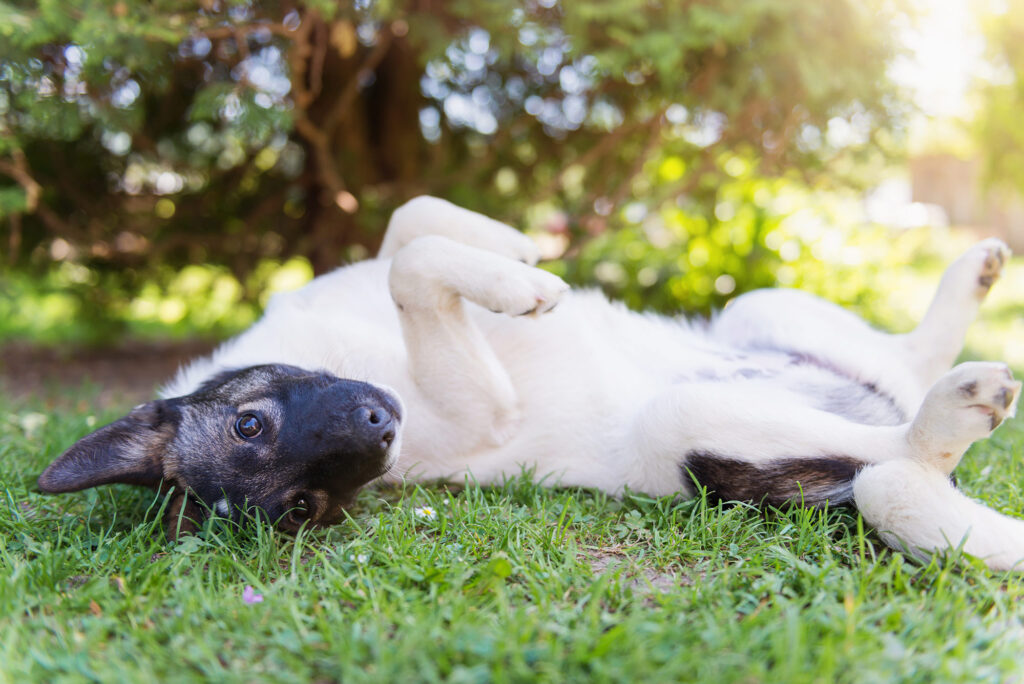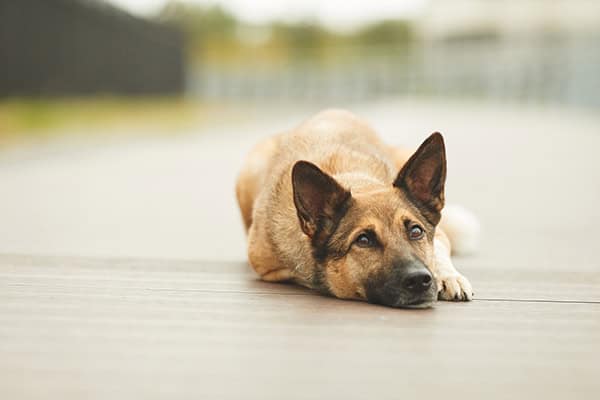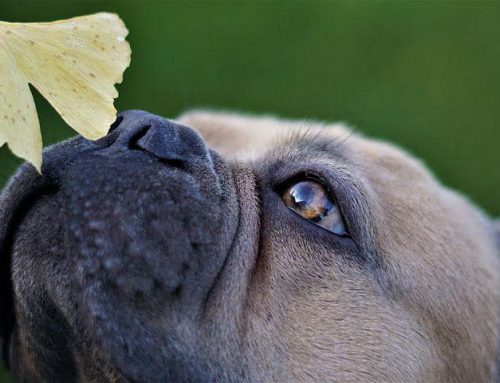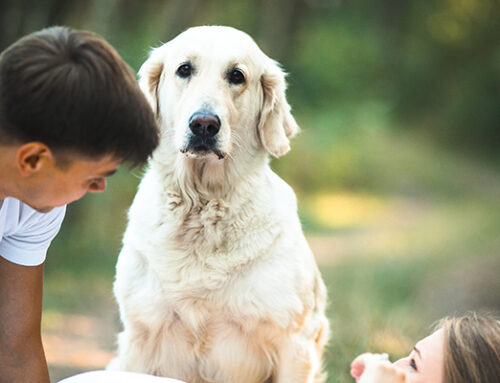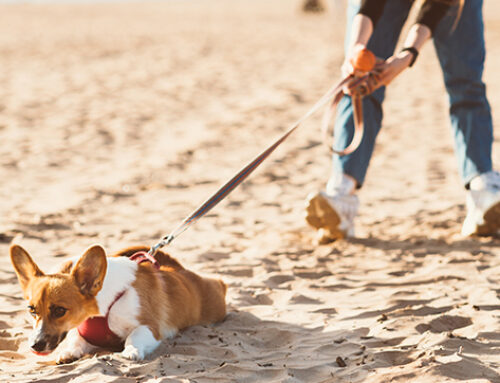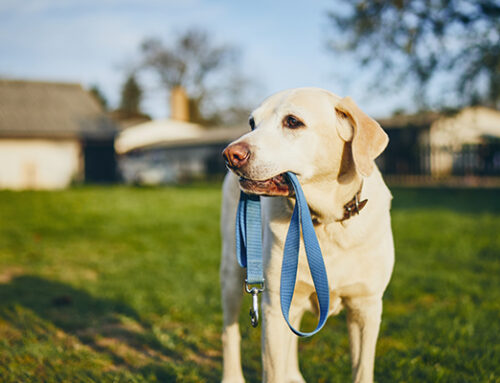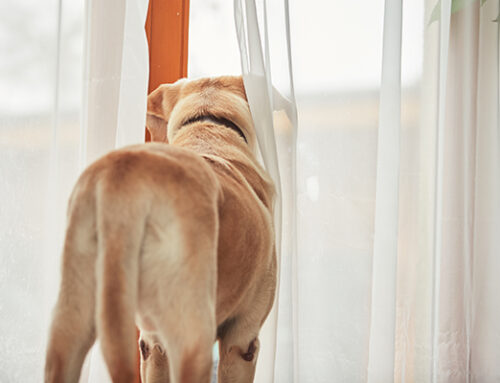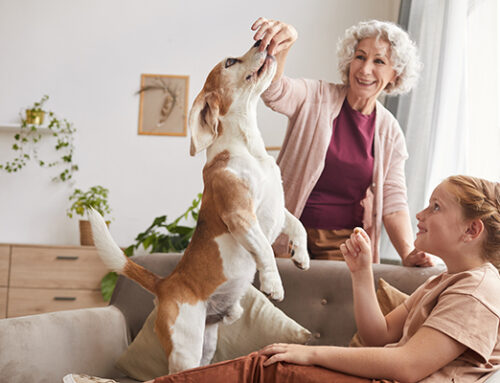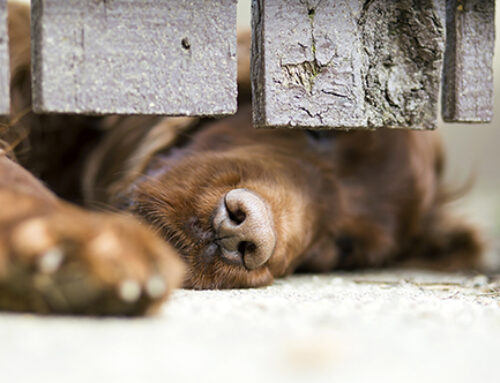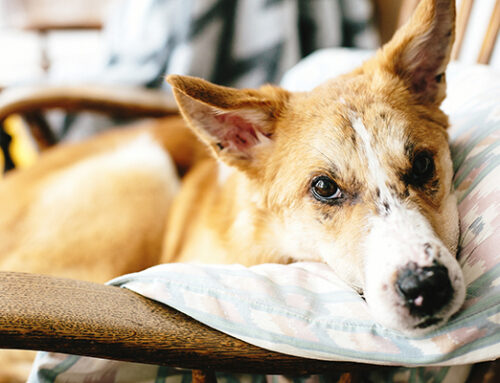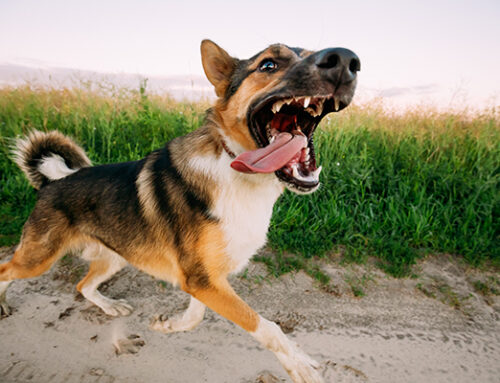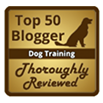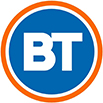Dog Park Etiquette: Are We Having Fun Yet? Understanding Body Language in Play
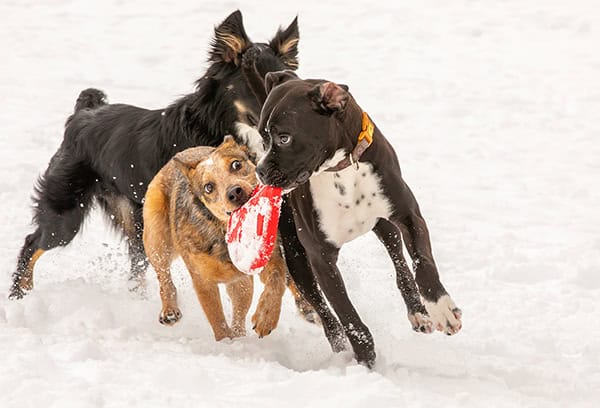
Let’s talk about play. What’s normal and what’s not? What’s okay and what’s pushing the limit of appropriate? How do I know if my dog is being too aggressive or if he is feeling uncomfortable?
Everyone you ask will have a different answer. But, oddly, not many people think to ask the dogs. And let’s be honest, they’re the best one’s to tell you. Their body language and movement in any given situation will let you know how they feel about the play and whether or not it is okay for them.
Now, please understand –I’ve studied dog behavior for close to two decades, so this post is not intended to be an expert’s guide nor will it cover every specific situation you will encounter. Rather, this is meant to be a simple guide to teach you how to better understand the language your dog uses and to get you to start paying closer attention to the subtleties of his communication so that you can more clearly understand how he may be feeling.
When you first start watching your dog’s body cues, I encourage you to focus on only one at a time. Spend a week paying attention to what his tail is doing, a week watching his direction of movement, then a week watching body carriage and so on. When you feel like you’re starting to more easily notice each of these things, than try putting it all together.
To avoid getting too technical here, I am keeping this list focused on the most obvious components of body language that give you the biggest clues on how your dog may be feeling during play. Like I said, this is just a guide to get you started. There are a lot of other signals dogs use, like tongue flicks, furrowed brows and dilated pupils, that will not be included here, but that you can learn more about if you are interested in educating yourself further.
- Tail Set. Is it up high and stiff, wagging loosely and held mid-back, or low and tight between his legs? Generally speaking, a tail being held anywhere from about 45 degrees above the back to 45 degrees below the back and wagging loosely side to side is a good thing. A tail held high over the back and stiff, or low and tight against the body usually means there is tension, discomfort or fear. Hint: A wagging tail does not always indicate a friendly dog, so be sure to look at the overall body language and not just the tail.
- Body Carriage. Look for loose movement. Relaxed dogs, like people, have more fluidity and ease in their movement. When relaxed and happy, their spines will generally have plenty of curvature to them, simulating the letter ‘C’ or ‘S,’ usually in response to their tail wag, and their movement will be soft and supple. Hint: Think of what your dog looks like when you come home from work and they “wag their whole body”…that’s a very loose spine! A rigid, straight spine, especially if combined with a high, stiff tail wag or low, tight tail, among other stress signals, will mean tension is a brewin’.
- Vocalizations. Growling during play is not necessarily a bad thing. But just like your kids can go from laughter to anger in the same breath, a dog’s growl can suddenly switch from playful to more serious, as well. A throaty growl is generally playful. A more guttural, deeper sounding growl tends to be more threatening. Vocalizations go hand in hand with Body Movement (see #2), so pay attention to both. When the body movement is loose, the vocalizations you hear are likely all in good fun. The more stiff and rigid the body is being held, the more likely the growls have turned into something more serious.
- Direction of Movement. This is a tricky one and sometimes requires looking closely to notice it. When a dog’s play is innocent fun, it will include a lot of movement toward and away from the other dog. He will either bounce in and out of the other dog’s personal space or, more subtly, may lean back or away from the other dog, often done in conjunction with turning his head away or averting his eyes from his playmate.
My Rottweiler mix, Nahla, is a good example of needing to notice direction of movement to understand a dog’s intention. When she plays, she snarls, bares her teeth, puts her hackles up and makes a savage sounding growl. However, as she is doing all of those things, she is simultaneously turning her head sideways and moving away from the dog she is playing with and is sure to never be head on or in a confrontational posture with the dog. Most people misinterpret her play as aggression because of it’s savage sound and appearance however, if they were to look a little closer, they would see she intends no harm and in fact is doing what she can to make her movement and posture as unthreatening as possible. It is her unfortunate genetic Rottweiler-ness (the part about her I love the most) that creates the tendency to be so vocal and demonstrative with the other characteristics.
- Jaw Tension. An open mouth during play is a good indicator of a relaxed, happy dog. When there is tension in the body, there will also be tension in the jaw and facial muscles and it will quite often be held shut (think of your own face when you clench your teeth or “hold your tongue”). Likewise, a dog that has slipped into prey drive, like when they notice a bunny, will usually hold its mouth shut.
- Brief Pauses. Healthy, normal play includes lots of brief pauses. They are intended to bring the excitement level in the brain back down and in most cases only need to be a few seconds long. Even when the dogs are running full speed in circles after each other, you will notice them briefly stopping to face each other, sometimes lying down or sniffing the ground, before resuming the play again. Play that lacks these brief pauses may tend to get too rough and is often very one-sided, with one dog over powering the other. These pauses are naturally hard wired into a dog’s brain, but sometimes two or more puppies playing together, in all of their excitement, can over ride them so need to be monitored closely and encouraged to take breaks when playing with each other.
The more I write about body language, the more I realize there is to write about, so I’m going to stop here and keep it simple. (You mean there’s more?? Um, yes. Lots more.) Start with these, and keep in mind that they are generalizations. Avoid labeling what you think the behaviours are about. Simply notice them. Remember that each dog and situation is unique. The more you practice watching for them, the easier it will be to identify what your own dog is likely experiencing and the better you’ll be able to understand the dogs he is playing with, as well.
And until next time, happy dog watching!
Darcie Jennings
Find me on Facebook

